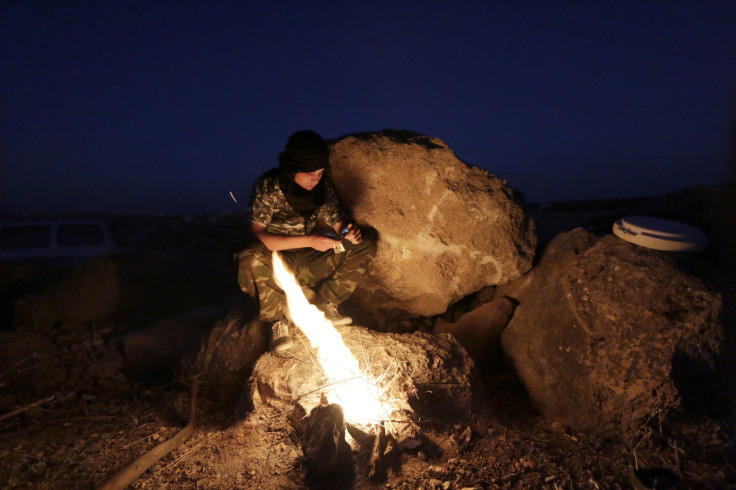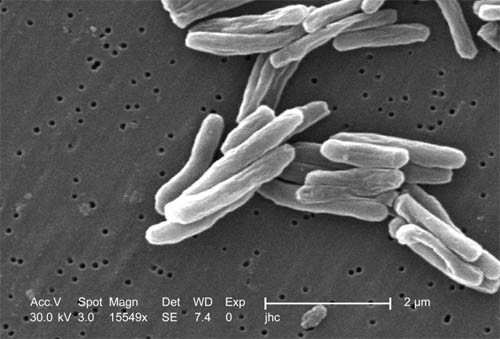Early humans using camp fires led to the emergence of tuberculosis
By altering their way of life, fire also created the conditions for new diseases to appear

The first cases of tuberculosis in the world may have emerged thousands of years ago when men started building camp fires, scientists have said. This major event in the history of humanity altered human lifestyles in such a way that it created the conditions for the disease to appear.
Tuberculosis (TB) is an ancient disease that still affects many people around the world, but the origins of the bacteria that causes it – known as Mycobacterium tuberculosis - have for long remained a mystery for scientists. They had not been able to identify the conditions that precipitated the emergence of the pathogen.
This study, published in PNAS, comes up with one of the most credible hypothesis so far. With the help of mathematical models and evidence from epidemiology, evolutionary genetics, and paleo-anthropology, the authors draw a connection between the emergence of tuberculosis and another major event during prehistory – the discovery of controlled fire between 0.2 to 1.7 million years ago.
Vector of transmission
Mycobacterium tuberculosis is believed to have first emerged in humans in Africa. The bacteria is highly effective at infecting the body and spreading from people to people. The discovery of fire and its controlled use promoted the ideal conditions for the emergence of TB as a very transmissible disease.
The authors explain that fire is linked to breathing a lot of smoke, something which is known to weaken the immune response to pathogens that end up in the lungs. Smoke also promotes coughing, an important vector of TB transmission. Controlled fire finally meant more social time, with increased physical contacts between people – there again increasing the risk of a disease being spread.

To test these theories, the researchers used mathematical modelling to simulate the evolution of the TB bacteria and found that under normal circumstances, it would be very unlikely to become a transmissible disease.
But when they added the different conditions under which people lived with controlled fire – social time, physical contacts, weakened immune system – the odds increased dramatically.
"Our results have serious and cautionary implications for the emergence of new infectious diseases – feedback between cultural innovation and alteration of living conditions can catalyse unexpected changes with potentially devastating consequences lasting thousands of years", the authors say.
What is tuberculosis?
Tuberculosis (TB) is a bacterial infection which is spread through contact with tiny droplets from the coughs or sneezes of an infected person. TB mainly affects the lungs, and can be really contagious. However, it can also affect any other part of the body, including the glands, bones and nervous system. Symptoms include persistent coughing, weight loss, night sweats, high temperature, tiredness and loss of appetite.
In most healthy people, the immune system kills the bacteria before symptoms develop. If the immune system cannot kill the bacteria, it may however manage to prevent it spreading in the body, meaning people have 'latent TB' – no symptoms but the bacteria remains in the body and the disease can develop at a later stage. When the immune system fails to kill or contain the infection, is when people have symptoms developing within a few weeks or months.
The BCG vaccine works against the disease in 8 cases out of 10, and to treat the disease, several different antibiotics can be given ( some forms of TB are resistant to certain antibiotics so it is important to a range of drugs).
Some groups are particularly vulnerable to TB, including migrants, people with HIV or those in poorer communities who tend to live in environments where the disease is easily spread: overcrowded, poorly ventilated houses, where malnutrition, smoking, stress and social deprivation are common.
© Copyright IBTimes 2025. All rights reserved.






















